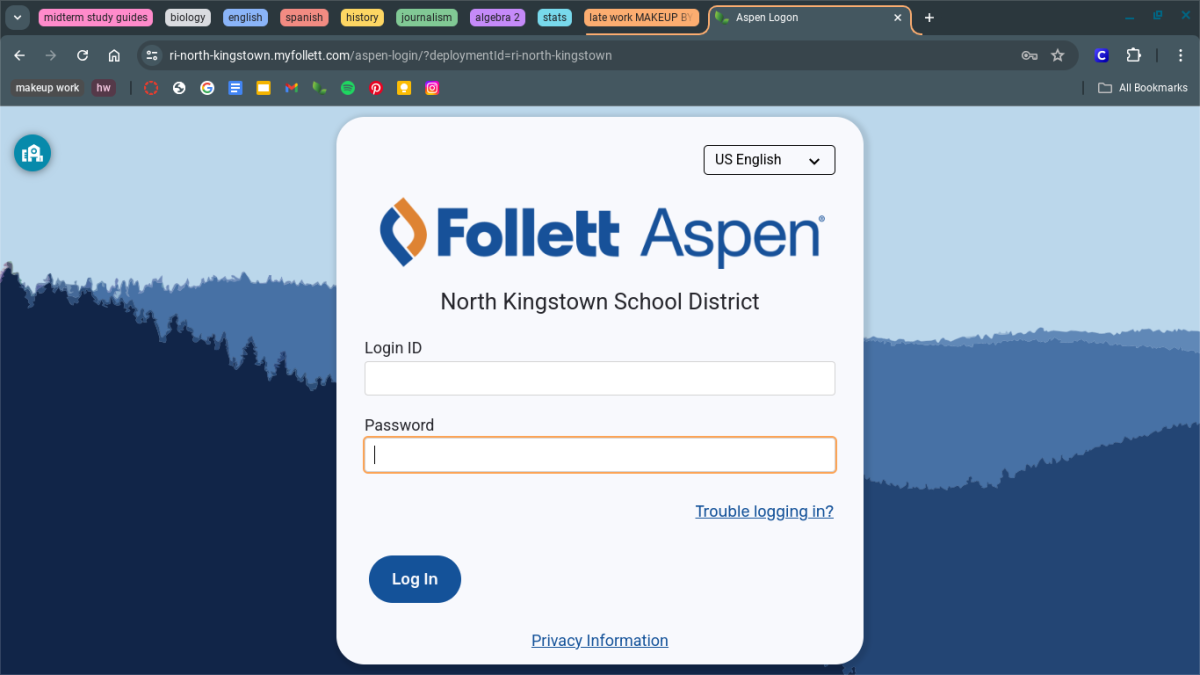Should Twitter have banned Trump?
January 22, 2021
On the evening of January 8, Twitter announced they had permanently banned President Donald Trump from using their platform. Following this, he was banned from most other forms of social media. He was even banned from Shopify, the platform that he used to sell merchandise. Twitter claimed that the reason for his ban was “incitement of violence”. For a long time, Twitter had been placing warning labels on his posts, going as far as removing some of them. Twitter has all the right to do this, as do other platforms.
But that’s not to say these moves are okay. Trump had violated some terms of Twitter, so they technically had the right to ban him. Other platforms followed; Instagram, Facebook, Youtube, even Shopify. Something in common with all of these bans is that the reasoning is (paraphrasing) “Potential to incite violence.”
Okay, Trump is banned. “How is this a bad thing?”, you might ask. Imagine, god forbid, far-right extremists were to mob the US Capitol again. These people are unlikely to pay attention to speeches via radio, television, and print. Social media might be one of few ways the President could immediately communicate with these insurrectionists. Thus, if If Trump wanted to tell them to end their attacks against the capitol, how could he whilst being banned from said social media?
Now, Donald Trump is less capable of speaking to his followers quickly. Silencing one of the most powerful positions in government destroys the purpose of the role. The President should have the ability to reach all of his/her people through any means if necessary. The lasting result of this ban gives too much power to those who will not be listened to.
-30-










